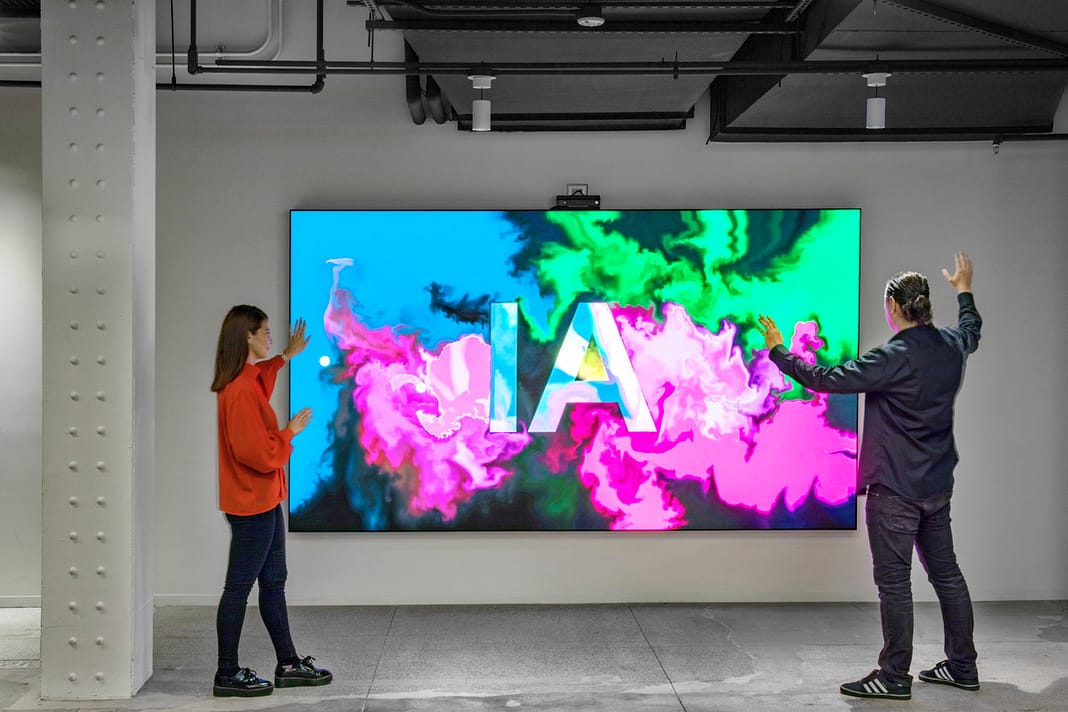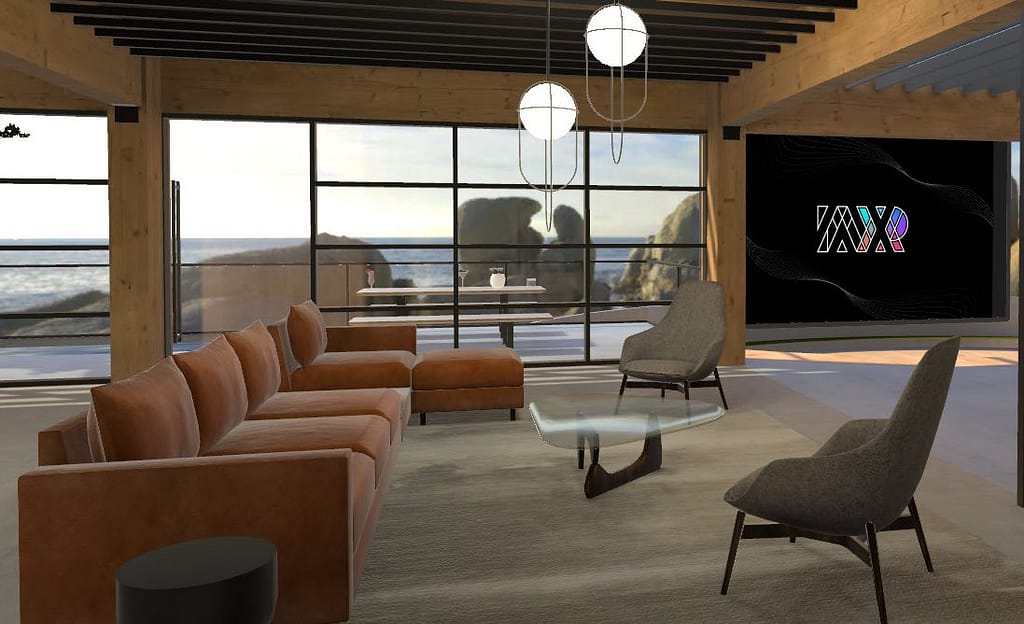By Ali Ucer| Experiential Graphic Design Director
&
By Emmanuel Aydin| Digital Design Application Specialist
Reddit, tech blogs, and workplaces are abuzz with conversation about non-fungible tokens (NFTs) and how they might impact everything from art to gaming to tacos. As of this writing, individual NFTs have sold for as much as $91.8 million, leading many to wonder how NFTs will impact their lives and causing workplace strategists to wonder how, if at all, NFTs will impact the workplace.
To begin, it’s important to note that NFTs could potentially affect anything that is a file or can be represented by one, which is to say that they are applicable to everything. NFTs are simply a digital certificate of ownership. While they don’t entail the rights usually associated with trademarks, copyrights, and other forms of IP ownership, they do allow the owners to claim ownership over individual pieces of digital content, such as memes or tweets. It’s also not unheard of for artists to include usage/distribution rights, along with autographs, letters from the artist, etc., in the sale of an NFT, but this is not a requirement. Any file type, including audio, video and even source code, can be an NFT.
Without addressing the environmental impact of NFTs, a series of innovations have led to NFTs being hailed as a tool for empowering artists in an era where it’s easier than ever to reproduce an artist’s work illegally. “Each time [their art] gets sold, that original artist can receive a percentage of the sale, and that's baked into the smart-contract of the NFT, and it happens seamlessly.” says IA Interior Architects Digital Design Application Specialist, Emmanuel Aydin. “It really solves the problem of the starving artist, ensuring that they benefit as the value of their artwork increases after each sale.”
Artwork in the Office
Perhaps most critically, while the ownership is cemented in the blockchain, the artwork and any copies of it have unlimited mobility. Art being a critical component of architecture, many IA clients could potentially benefit from investing in NFTs versus traditional tangible artworks.
“We have several clients that own hundreds of pieces of artwork,” reflects Ali Ucer, IA Interior Architects Experiential Graphic Design Director. “But if they were all NFTs, they could not only be decentralized, they could also be rotated to different locations regularly via the use of digital displays. The potential is amazing.”
Ucer points to the fact that LCD screen technology is making tremendous advances and becoming increasingly less expensive. Anti-reflective displays have been a game changer in this space, further blending the worlds of traditional and digital artwork. These screens create the perfect medium for displaying digital art, while also giving artists access to new colors and effects that aren’t attainable in traditional media. In this way, NFTs are opening up worlds of possibility for designers hoping to display client-owned artwork. This means that a single wall space can be used for multiple pieces of artwork, and art can now be paired with experiential graphics in new and exciting ways. Furthermore, interactive digital art installations can be owned, traded, and sold.

Interactive digital displays, like this one in IA’s New York City studio, and the data they use or collect can be incorporated into NFTs.
Considering the implications, Ucer continues, “As we know, NFTs can be attached to anything—including data. This means that interactive installations can be paired with their data, and a company or individual can now own both of those in NFT form.”
Virtual Space
But the impact goes far beyond physical space. As the industry speculates about the implications of the metaverse, programs such as IA’s IAXR are considering how NFTs will impact virtual real estate. Such spaces create opportunities for virtual art galleries, as well as unique environments for creating virtual art. Most directly tied to the workplace, though, is the digital ownership of an organization’s virtual office.
“You can actually go into VR and enter that NFT. It could be a virtual space, such as an office—and we’re doing a lot of that now. Many of our clients are asking for digital twins of their office and that space can be tokenized, down to individual pieces of furniture,” —Emmanuel Aydin, Digital Design Application Specialist, IA Interior Architects

IAXR is developing a wide variety of digital spaces and experiences that IA clients are able to tokenize.
The immediate use case is that non-fungible tokens now enable organizations to own, sell, and collect royalties on their virtual spaces as they are resold. As the industry flourishes, more opportunities will likely appear that enable teams to stake their claim on their virtual real estate holdings and the assets within them.
Security, Authenticity, and Mixed Reality
In the near future, IA is expecting that NFTs will work their way into more conversations about the built environment. “I’m just speculating, but anywhere you see a plaque, such as a LEED certificate, for example, you could potentially see an associated NFT that serves as a method of authenticating what’s being said about a building,” contributes Ucer. What is currently unproven ground in the world of NFTs could prove to have implications for building security, wayfinding, and even how mixed reality or AR (augmented reality) is incorporated into a space.
Reflecting on the significance of this use case, Aydin says that “In terms of authentication, it could be very relevant. The AR platform could pick up on the validity of an NFT or an image, by referencing the blockchain.” He points to wayfinding and the use of tools such as Google Glass, noting that graphics in conjunction with NFTs, could aid in wayfinding while presenting users with personal or sensitive information (such as their schedule, internal memos, etc.). In this way the NFTs would be used to verify a user’s physical presence in a building, which could otherwise be falsified by hackers, adding an additional layer of data security.
Conclusion and Web 3.0
“We’re already having discussions surrounding other technologies that allow clients to capitalize on their existing NFT investments,” states Aydin. “Holographic displays, LED grids, AR, and the connection to web 3.0…the possibilities are endless.” As the decentralized internet continues to develop, it will create further opportunities for individuals and organizations alike to track their digital ownership and transactions, which in turn will create a more transparent virtual environment that will undoubtedly continue impacting the workplace.


